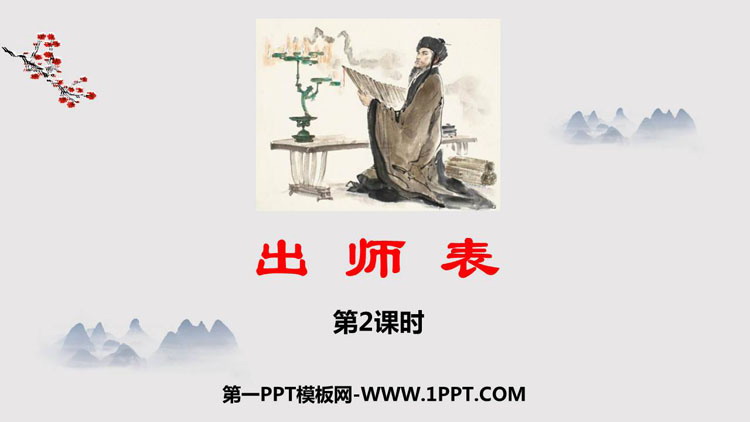教学设计 Lesson 6 教学设计
Lesson 6 教学设计 (教师用书)
Advance preparation
Prepare for today's lesson by displaying the vowels (a, e, i, o, u) either on the blackboard or on a large chart.
GREETING
Give the standard greeting to welcome students to English CLaSS.
Begin today's lesson by asking the CLaSS "What do you think we will learn about today " Would anyone like to guess If no one has guessed correctly, draw their attention to your chart of vowels.
Tell students that, as well as the letters, today's lesson is about other things. Give students a clue by asking them what many of the lessons so far in this unit have been about.
(Manners and being polite.)
LET'S LOOK AT OUR BOOKS
Required materials
photocopied pages for printing, one page for each student (copy the page at the back of this guide)
Give the standard command for students to take out their student books.
Draw the students' attention to page 12. In preparation for the rest of this lesson, the audiotape provides a quick review of colours and letters. Students will also practise printing the letters.
Give the "listen" command. The audiotape will repeat each sentence. Have the Students say the words along with the audiotape both times, pointing at each letter as it is named. The audiotape says:
A, red. A, red. E, green. E, green./, blue. L blue. O, orange. O, orange.
U, yellow. U, yellow.
Give each student a page for printing. Ask the students to select markers in the colours of the letters they see on page 12. Tell them that you want them to print each letter in the same colour as is displayed in the student book. Walk about the CLaSSroom as you repeat the words from the audiotape, ensuring that all students understand the directions and assisting anyone who is having difficulty.
When students are done, or you think you have allowed sufficient time for this portion of the lesson, introduce two new forms of politeness: Please and Thank you. Translate these words so that students understand. Tell the CLaSS that these two phrases are the most important ways of showing good manners.
What other phrases of politeness do students know (I'm sorry, you're welcome, excuse me.)
ACTIVITY: PLAY A GAME
Game: May I Have
Required materials
Sets of cards with lowercase vowels printed in different colours, one letter on each card, and enough cards for each student to have several cards
This is a fun game that helps students rehearse vocabulary while practising good manners.
Mix up the cards so that each student will have a selection (e.g., a blue i, a red a, a green e, and so on). Ask for a couple of volunteers or your CLaSS monitors, to distribute the cards to the CLaSS.
Divide the ClASs into pairs.
Rehearse the basic dialogue (shown on page 13 of the student book) with the ClASs as a whole, or with volunteers at the front of the ClASs. Students should focus on using four basic phrases: Please, thank you, you're welcome and I'm sorry.
Working within their pairs and using the phrase "May I have " students ask each other for letters in a particular colour: for example, "May I have a blue u, please " The partner responds accordingly.
Walk around the room as the students play, encouraging everyone to use the key phrases as often as possible.
LET'S DO SOME EXERCISES
Give the standard command for students to take out their activity books.
PAGE 12. Listen and colour. Students follow the instructions they hear on the audiotape, but only if the speaker says "Please." If he does not, students do not carry out the instructions. Tell them to listen carefully. The audiotape says:
Please colour the u red. Thank you.
Colour the e green. Thank you.
Please colour the a yellow. Thank you.
Please colour the i blue. Thank you.
Colour the o orange.
Please colour the o orange. Thank you.
Take a moment after the tape has finished to check if students understood. Did anyone colour the e Did anyone colour the o
PAGE 13. Please find the letters! Searching the jumble of letters in the middle of the page, students find and circle each of the letters shown in the bar at the bottom of the page. The letters may appear more than once. Look for the letter a. How many can students find 共2页,当前第1页12
扫描二维码推送至手机访问。
版权声明:本文由第一范文|第一PPT|免费作文|免费PPT课件下载发布,如需转载请注明出处。










